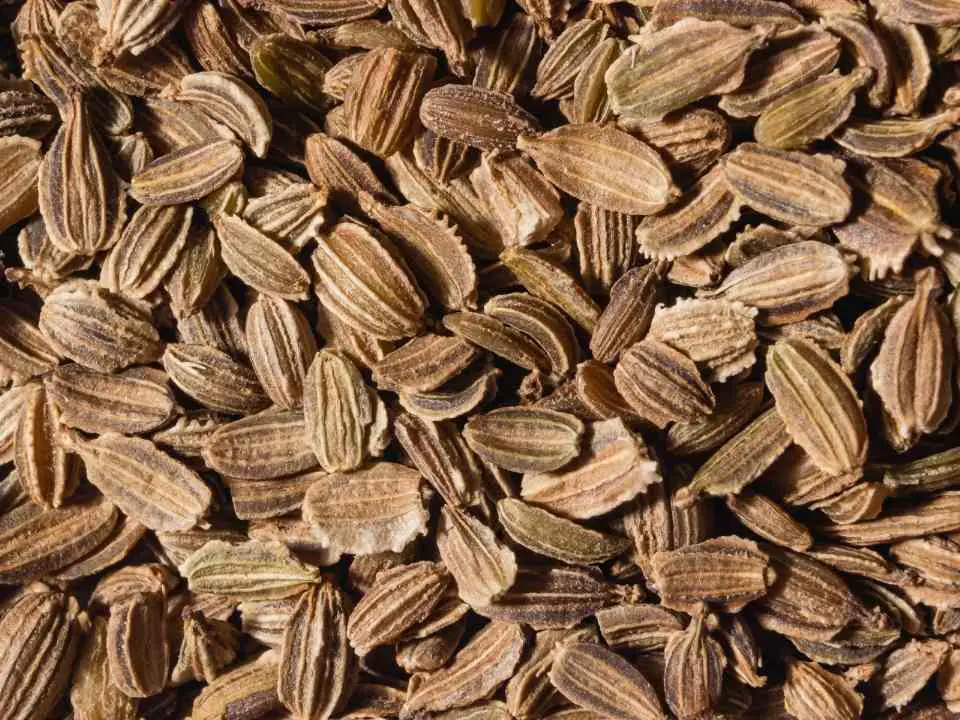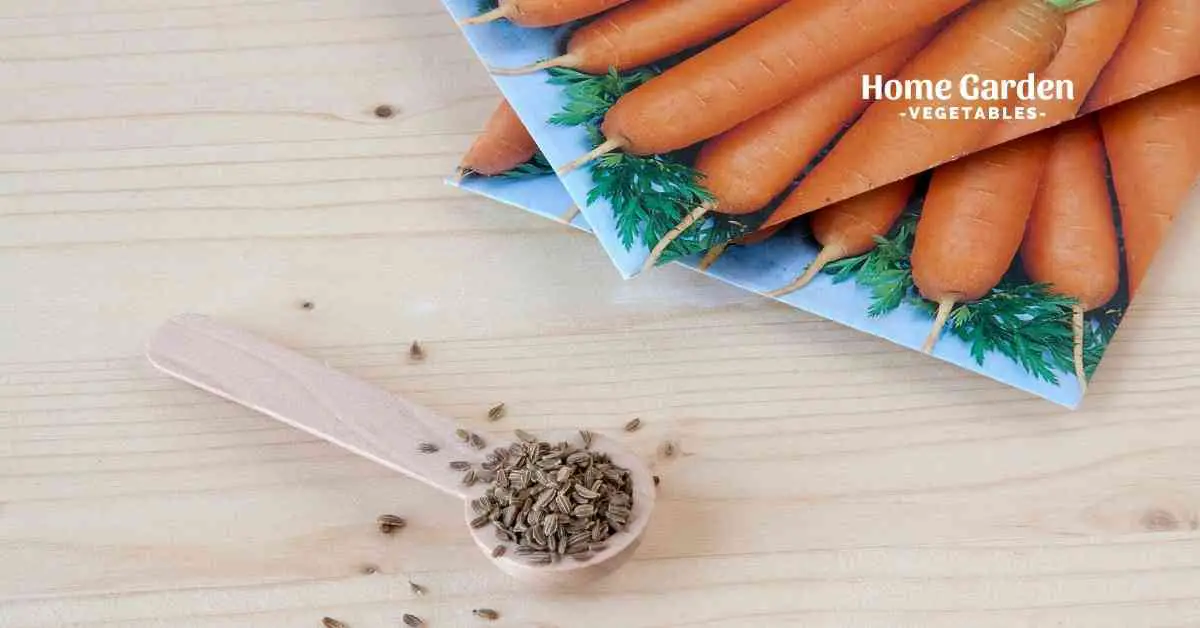One of the most popular vegetables to grow in your garden is carrot. However, when you harvest carrots, you wouldn’t find any seeds neither on the plant nor in the carrots. Here, the question arises, where do carrot seeds come from?
The answer to this question is that carrot seeds come from the flowers on the plant. These plants are biennial in nature and they produce flowers and seeds in the second year of their growth.
Reader Poll: What online courses would interest you?
Usually, carrots are harvested the same year they are planted, and therefore, they never get a chance to flower and produce seeds.

Getting Seeds from Carrot Plants
Many gardeners prefer to harvest carrots before the plant is ready to flower. However, the process of growing carrot plants to produce seeds is a simple process and you can easily do it. It allows you to save seeds for years and you wouldn’t have to buy seeds to grow this vegetable for years.
Each carrot plant can produce more than 1,000 flowers which means that with each plant you can grow almost a thousand carrot plants in the future. This shows that with a bit of extra effort, you can save a lot of money.
Subscribe to our newsletter!
What is the Best Time to Grow Carrots?
The best time to grow carrots at their best is in early spring and late fall. They prefer cool temperatures; night temperature up to 55-degree F with a day temperature of 75-degree F. If you are growing carrots at a high temperature, the yield would be of low quality and poorly colored.
How to Get Seeds From Carrots?
As already mentioned, the process of getting seeds from carrots is not a very difficult task. Let’s see how you can save seeds for your future carrot plants.
Get Started with Open Pollination
If you are want to plant a crop for seeds, the best thing you can do is to ensure that you are growing a single variety. However, while choosing the right cultivar, ensure that it is open-pollinated rather than a hybrid.
But, what is the reason?
Well, a hybrid variety is a result of cross-pollination between two distant carrot parent plants. When these hybrid cultivars are created, each of their parents is selected for a variety of properties. For instance, one parent plant is chosen for its long orange roots, whereas, others are chosen for its super sweet flavor.
The first generation you get for this hybrid vegetable will have both of these properties, but when you allow them to mature, the seeds they’ll produce would not be guaranteed to have the same properties as the parent plant.
The seeds you’ll get from hybrid plants may or may not have the desirable traits. It is also possible that the seeds you get from a hybrid plant are not viable at all.
Therefore, starting with an open-pollinated variety is the best choice to get started with.
Mark your Planting
Whether you are growing one variety in your first year or more, marking your crop in some way is important to analyze the crop later. It also helps you to ensure that you leave some plants for seeds and do not harvest them for food. By doing this, you can save a lot of seeds from your first crop.
You can mark your crops either by making a detailed map on your growing journal or by using physical markers in the garden.

Vernalize
The cold period your plant experience in between its plantation and flowering season is called vernalization. It triggers the process of flowering in biennial plants like carrots. In order to get matured and begins its reproductive cycle, your carrot crop needs a colder temperature.
You can easily overwinter your crop if your region experiences a constant temperature below 59-degree F for at least 10 to 12 weeks.
However, if the ground in your area freezes solid during winter, you need to well-mulched your carrots before you leave them in the freezing garden.
If your region is too cold or too hot for overwintering your plant, harvest the crop and vernalize it in storage; a root cellar, a cool basement, or a fridge.
While selecting the carrots for seed saving, always choose the healthy plants. If a plant has bolted in its first season or has unhealthy-looking foliage, remove it immediately.
If you want to use store-bought carrots to get sees, you will not likely know what variety it is. Moreover, most commercially available carrots in stores are hybrids and the next generation even produced by their seeds will most likely not be the same as the parent.
Replant the vernalized plants you have sorted to get carrots seen in spring – during the same period when you would have planted the seeds for carrots. However, make sure that you only plant healthy-looking roots.
Sometimes a few roots are unable to survive winter. Therefore, if you see any signs of rot, instead of replanting them, use them for your compost.
Plant the vernalized roots the same way they have been growing – the top of the carrot roots should be bulging a little over from the ground.
Let Them Grow
Finally, it’s time to let your crops grow. In the warmer days of spring, you’ll notice fresh growth on the top of your carrots and flower stalks within 4 to 6 weeks. Water your crop like you normally do and keep an eye on their health. If you notice an infested plant, remove it.
If you have never seen carrot flowers before, you would be surprised to see the beautiful flowers similar to caraway and dill.
The green umbels will blossom into a cluster with tiny blooms that will attract droves for pollination. Later in the season, you’ll notice that umbels are dried out and turned brown. This is the right time to harvest your seeds.
Collect these umbels from different plants – preferably 20 – to ensure that you have enough viable seeds to grow new crops.
Using pruners, clip off the umbels and place them in a brown paper bag. Use several bags as you don’t want to pack them too tightly as they need good ventilation to prevent mold growth.
Place these bags at a dry place to allow the umbels to continue drying. Once the umbels are dried completely, remove the seeds and store them in a container.
Conclusion
This is how carrot seeds are stored to produce new cops with a high-quality yield. So, when you buy your carrot seeds next time from a store, remember that with a little more patience, you can have thousands of seeds to plant and harvest healthy carrots.

